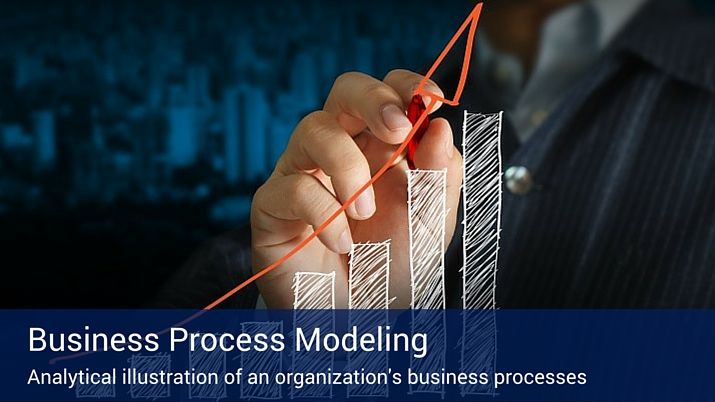

Regardless of the diagram type used, process models consist of a few basic elements:
Process modeling tools software#
Diagramming software provides dozens if not hundreds of types of diagrams and charts to choose from. Not all business processes are the same-and neither are process models. Elements of an efficient business process model Therefore, ensure the diagramming tool you select can simulate workflows before implementing them. Templates are especially practical to use if any of your business processes require industry compliance -for example, if you work in healthcare, manufacturing, or another heavily regulated sector.ĭiagramming software not only depicts the current state of a business process-it also helps you map out a desired future outcome. These include diagrams for flowcharts, business process model and notation (BPMN), data flow, role interaction, and Unified Modeling Language (UML)Unified Modeling Language (UML). Ideally, your diagramming tool will provide templates to assist with creating a process model. When searching for a diagramming software tool to model your business processes, look for one that all business departments can easily learn and use. What to look for in a diagramming tool for process modeling The ability to diagram current and future business processes enables businesses to quickly pivot their operations, creating visuals of alternative strategies that align with new regulations and customer needs. During the pandemic, many restaurants had to close their dining operations and rely almost solely on delivery and take-out options.

Increasing business agility: Sometimes companies must alter their goals and strategies to survive.Companies that use process models are frequently empowered to find ways to eliminate those redundancies, improving efficiencies and employee productivity through means such as automation. Identifying redundancies and areas for improving efficiencies: Process modeling is also a form of business intelligence, which helps visualize redundancies within specific steps of a process.Visualizing each separate process in a graphical format helps identify best practices that can be adopted enterprise-wide, rather than just at the department level. For example, multiple departments often have their own individual business processes for dealing with purchase order requests. Creating business-wide and cross-departmental consistency: Diagramming your processes helps standardize procedures across your entire organization.Business process modeling also benefits your organization by: Through visualization of critical processes, modeling has the power to streamline your business-strengthening the coordination of all people, systems, and information across your organization, and demonstrating how each process aligns with business strategy. The benefits of business process modeling This software also informs strategic planning, with a view towards constant process improvement across entire businesses. While process models themselves can appear quite complex, diagramming software exists to help simplify the creation of business processes in a graphical format. Since its inception, business process modeling has made a major impact on the productivity and efficiency of businesses of all sizes and industries.īecause of its visual nature, business process modeling is a powerful tool that enables people across your organization to communicate and understand rules and requirements in a clear and concise manner-and in a way that text-only descriptions simply can’t achieve.


 0 kommentar(er)
0 kommentar(er)
